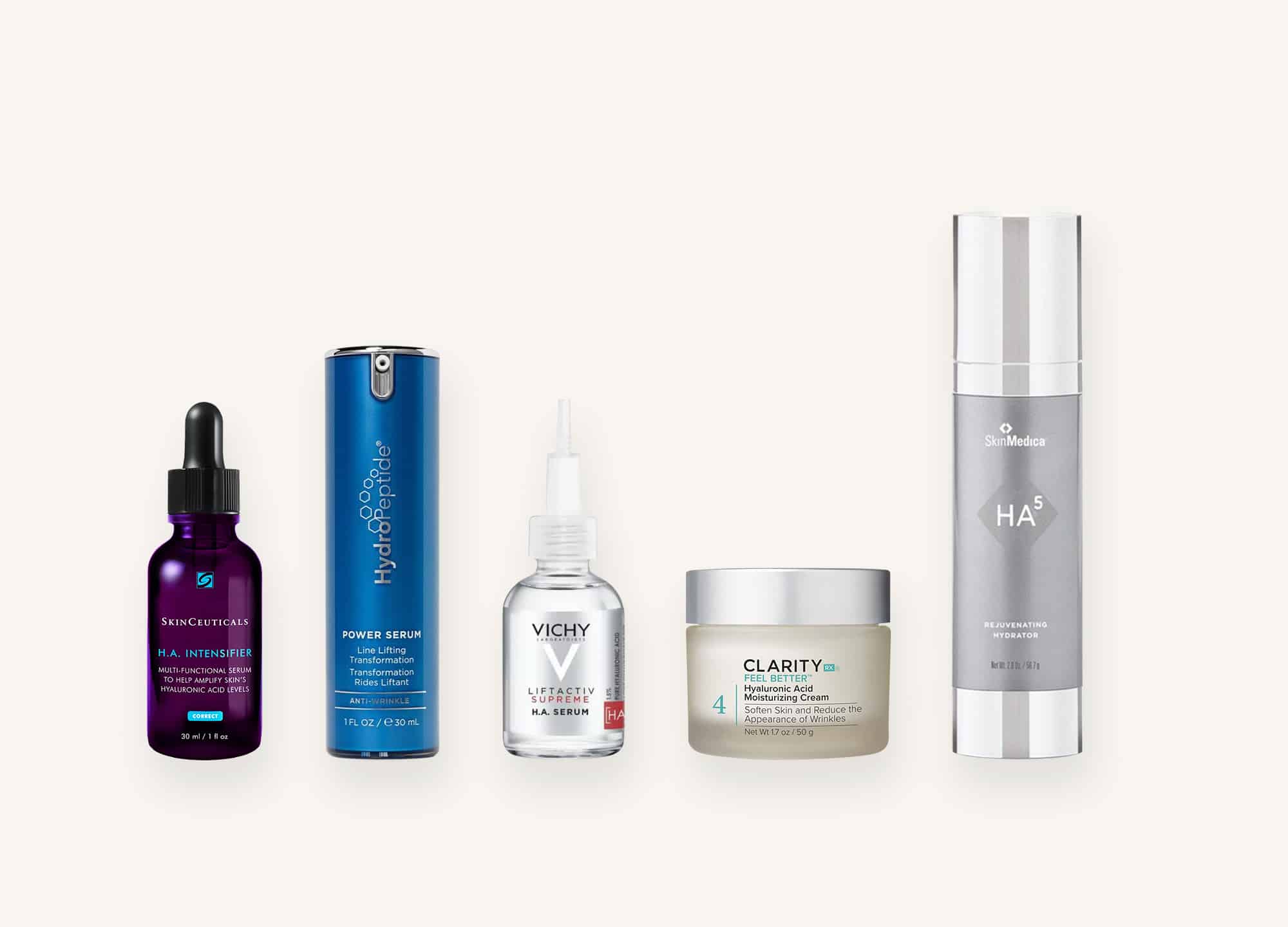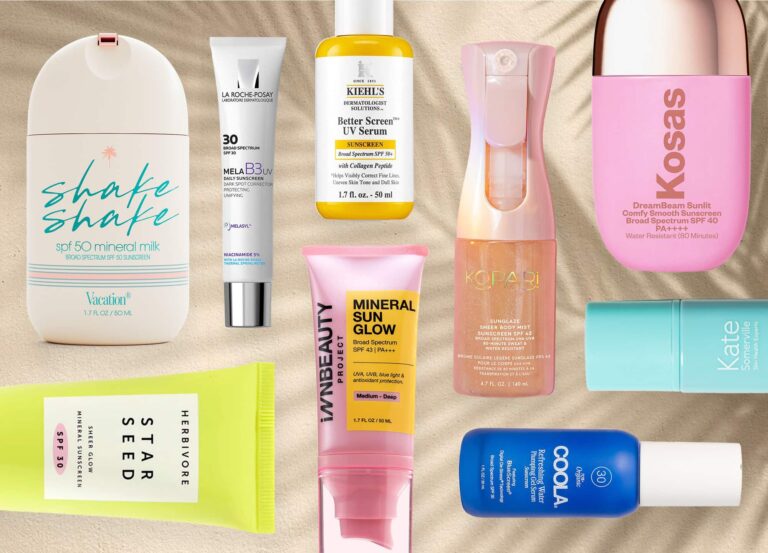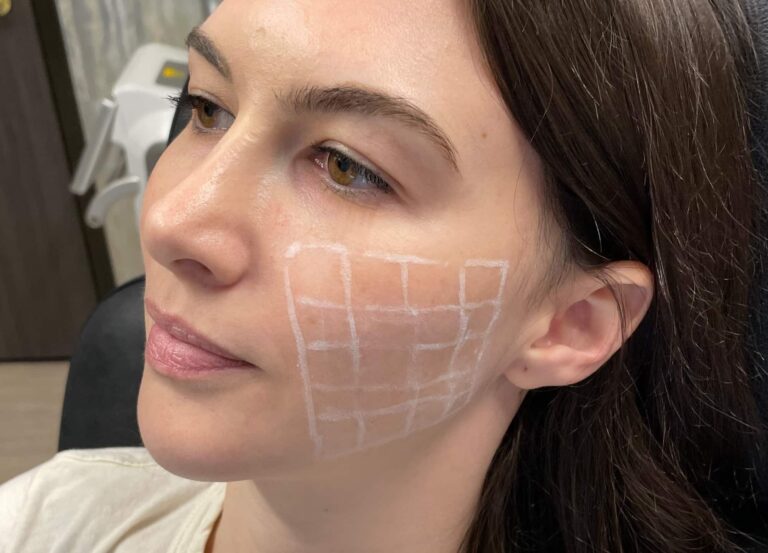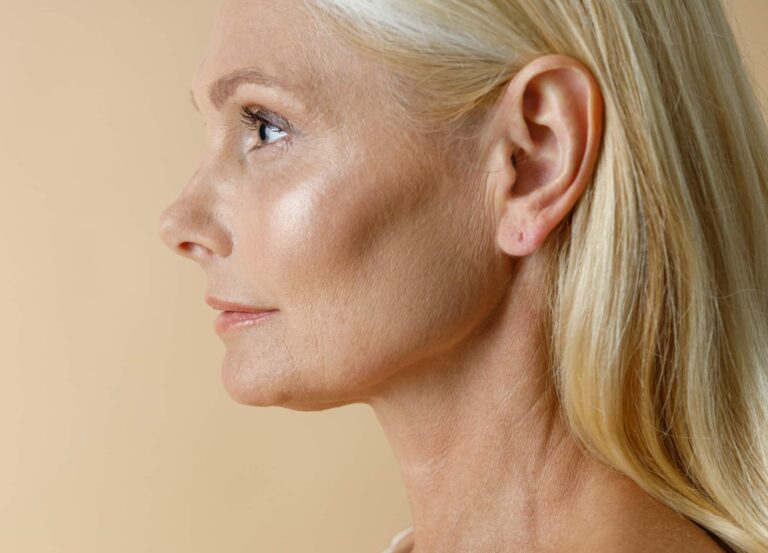Hyaluronic acid most definitely belongs in the category of “tried-and-true” skin-care ingredients, sitting alongside major players such as retinoids and alpha hydroxy acids. But what sets hyaluronic acid (or HA, as it’s often called) apart from the others is not only the fact that it’s safe and effective for pretty much all skin types but also that there are multiple different forms that can be used in multiple different ways. Case in point: it’s the main ingredient in a wide range of injectable fillers as well as in a variety of topical serums and moisturizers.
Ahead, a deep dive on everything there is to know about this beloved ingredient, helpful tips on how to maximize its benefits, and the best hyaluronic acid products to try now.
What is hyaluronic acid?
Spoiler alert—the name is somewhat of a misnomer, because hyaluronic acid actually isn’t an acid at all. It’s a complex sugar, a polysaccharide molecule that’s naturally found in both our skin and other connective tissue in the body. “It’s a major component in the skin, responsible for keeping it healthy, plump, and hydrated,” explains New York City board-certified dermatologist Dr. Orit Markowitz. And as is the case with other key components such as collagen and elastin, naturally occurring hyaluronic acid decreases both with age and due to exposure to UV rays and environmental pollution, she explains.
Hyaluronic acid benefits
When you think: hyaluronic acid, think: hydration. It’s a humectant, meaning that it attracts water to and holds it in the skin. “I often call it ‘the miracle molecule,’ because it can hold up to 1,000 times its own weight in water,” says New York City board-certified dermatologist Dr. Michelle Henry. This means, it not only helps hydrate the skin but also leaves it appearing plumper and smoother almost instantly. Its other huge advantage? “Hyaluronic acid is safe for all skin types, and almost everyone can tolerate it,” says Dr. Henry. So yes, no matter whether you’re dealing with acne or an inflammatory condition such as rosacea or eczema, you’ll likely be able to use it, no problem. “It’s an ingredient that we inject into the body and doesn’t get rejected, which just goes to show how well-tolerated it is,” notes Dr. Henry. To that point…
Hyaluronic acid fillers vs. hyaluronic acid serums
Injectable hyaluronic acid and topical hyaluronic acid are the same… but different. The hyaluronic acid that’s used in injectable fillers is created using a bacteria that makes the hyaluronic acid nearly identical to what’s naturally produced in our skin, whereas that level of specificity isn’t needed in a topical product, explains Dr. Henry. The other big difference: injectable hyaluronic acid is never hydrolyzed (more on what that means in a moment), so it’s thicker and not absorbable, says Dr. Markowitz. It’s for this very reason that injectable hyaluronic acid fillers are so good at providing volume. Yes, they do attract some water, but the viscosity of the filler in and of itself is what’s adding fullness, explains Dr. Henry.
When it comes to topical products, it’s important to keep in mind that HA is a very large molecule, which makes it hard for HA to penetrate into the skin. “The most effective products contain multiple different forms of hyaluronic acid, all with different molecular weights,” explains Dr. Henry. “This means that the bigger ones can sit on top of the skin and the smaller ones can make it down deeper, closer toward the dermal-epidermal junction. Because they’re all drawing in water, the full depth of the epidermis gets hydrated,” she says. For example, hydrolyzed hyaluronic acid is often used, which is simply a “chopped-up” version of the molecule that has a lower molecular weight.
How to use hyaluronic acid
A few simple tips can help you make the most of all of HA’s glorious benefits. For starters, no matter whether it’s a serum or a cream, any type of hyaluronic acid–based product should always be the first layer in your moisturizing routine, advises Dr. Markowitz. Both dermatologists we spoke with suggest layering a thicker cream—with emollients such as ceramides or occlusives such as dimethicone—over it, to seal in all that water the hyaluronic acid is attracting. It’s also a good idea to apply your HA product onto slightly damp skin, essentially giving the HA a head start and more moisture to grab onto, explains Dr. Markowitz. Similarly, you can up the ante even further by putting on your hyaluronic acid product in a humid environment (think: a steamy bathroom post-shower). “The ingredient is still going to work even if you’re in a dry and arid environment, but having some atmospheric moisture at play is even better, since the HA can pull that into the skin,” explains Dr. Henry.
Related: Hyaluronic Acid vs. Biostimulatory Fillers: What to Know Before You Get Injected
The best hyaluronic acid serums and creams
SkinMedica HA5 Rejuvenating Hydrator ($120)
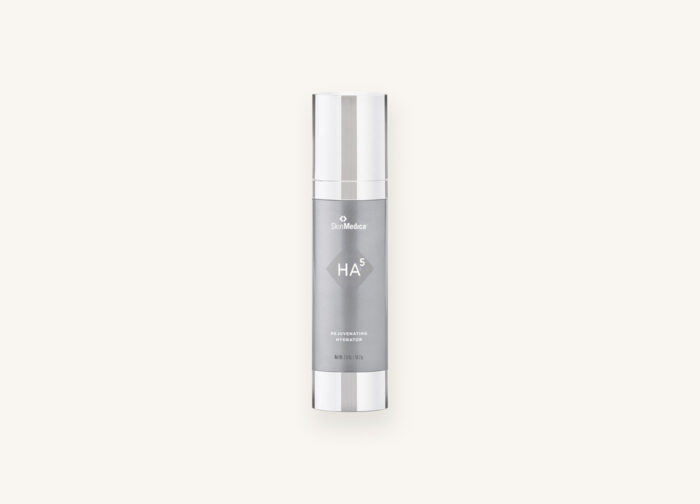
Dr. Henry likes this serum—which, as the name suggests, touts five different forms of hyaluronic acid, to impart long-lasting hydration (up to eight hours’ worth, to be exact). Plus it also works to help your skin replenish its own stores of hyaluronic acid.
ClarityRX Daily Dose of Water Hydrating Serum ($72)
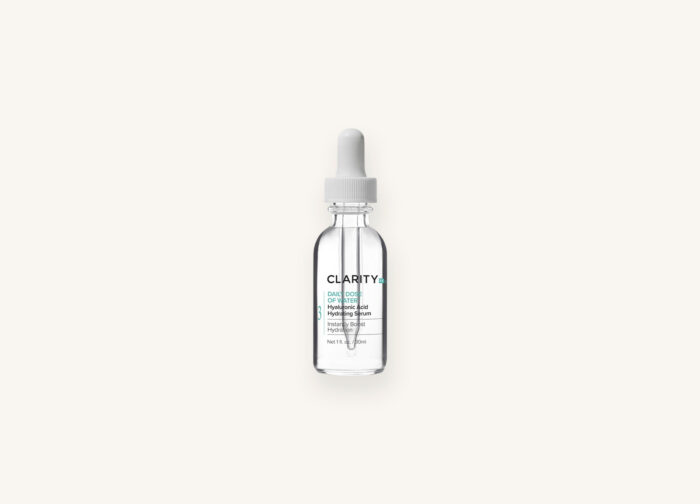
Hyaluronic acid is one of just four ingredients in this ultra-hydrating yet ultra-lightweight serum. Apply a few drops to clean skin, morning and night. If your skin is oily or acne-prone, you may find that this delivers enough hydration, though you can, of course, layer a moisturizer over it, as needed.
ClarityRX Feel Better Hyaluronic Acid Moisturizing Cream ($66)
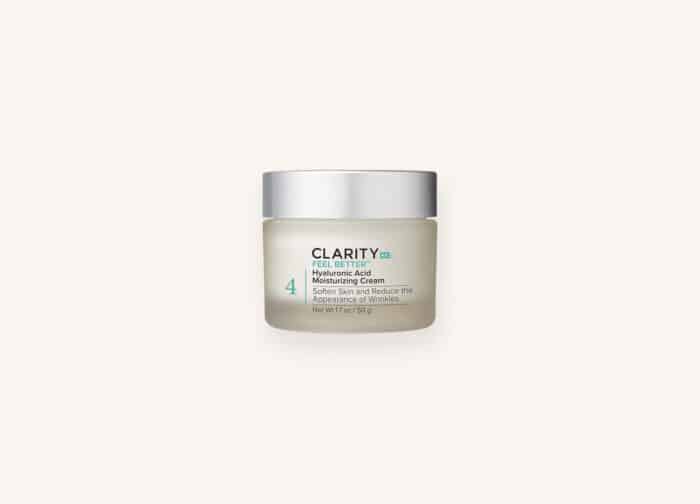
Speaking of moisturizer, this formula is also chock-full of hyaluronic acid, just in a slightly richer and thicker formula—which is great for those who are craving a bit more hydration. Bonus points for the addition of protective antioxidants as well as the fast-absorbing texture that’s never greasy or sticky.
Vichy LiftActiv Hyaluronic Acid Wrinkle Corrector ($37.50)
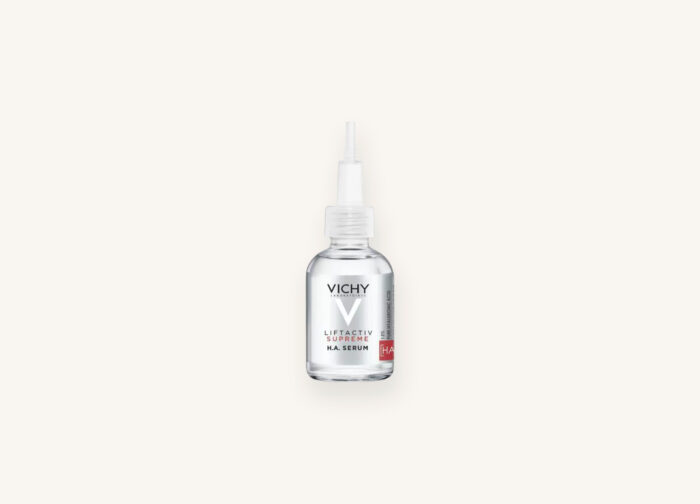
This wallet-friendly pick combines 1.5% pure hyaluronic acid with vitamin C, a combo that ultimately results in a 47% reduction in wrinkles after just six weeks of use, according to brand-backed clinical testing. Also nice: it’s very gentle and fragrance-free, suitable to use even around your eyes.
HydroPeptide Power Serum ($144)
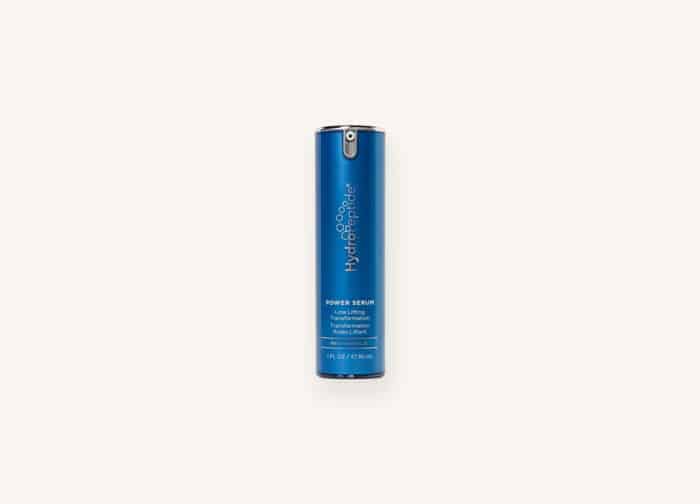
Yes, this is a great hydrating serum thanks to, you guessed it, hyaluronic acid, but the benefits don’t stop there. It’s an all-around powerful anti-ager, thanks to the addition of six peptide complexes that help relax wrinkles. Multitasking for the win.
SkinCeuticals Hyaluronic Acid Intensifier ($100)
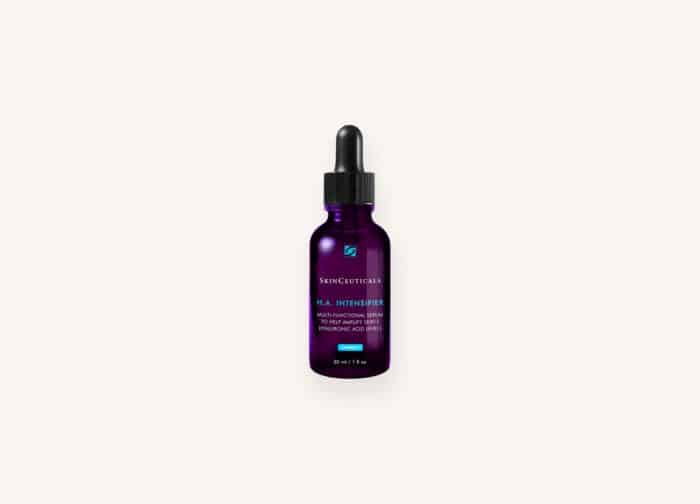
This formula, another favorite of Dr. Henry, boosts your skin’s hyaluronic acid levels by an impressive 30%. Credit not only the hyaluronic acid involved but also ingredients such as proxylane, licorice root extract, and purple rice extract, all of which help preserve the HA already in your skin.
BeautyStat Universal Pro-Bio Moisture Boost Cream ($50)
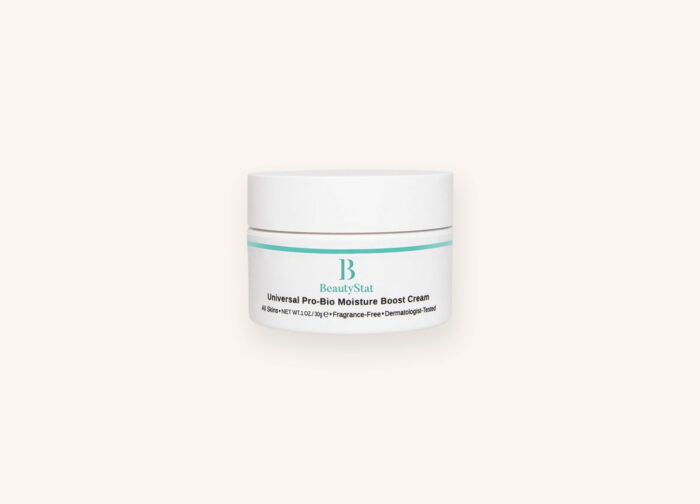
An especially ideal choice for those with sensitive skin, this fragrance-free, dermatologist-tested cream combines hyaluronic acid with skin-strengthening ceramides. Also in the mix are healing and soothing probiotics, which all work together to leave your skin looking (and feeling) smoother and more supple.







